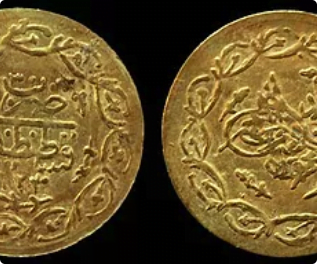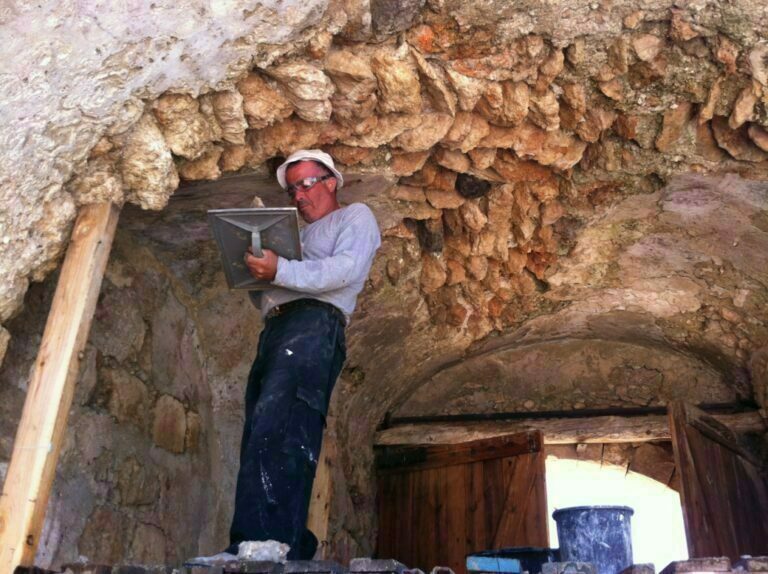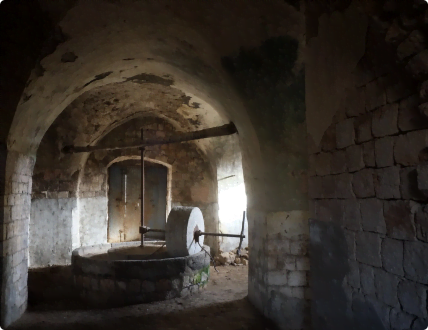Our Achievements


The Community approach of the Israeli Institute of Archaeology enabled participation of all communities in Lod and led the authorities and the community to acknowledge the universal importance of the local heritage. Simultaneously, the importance of the various Jewish, Christian, and Muslim legacies is stressed, as Lod carries unique historic significance to each of them.


Over the decade in which the Israeli Institute of Archaeology was active in Lod, more than 7,000 students were introduced to annual educational programs and participated in the Community archaeology excavation. These programs presented them with the impressive legacy of the city, and inspired local patriotism and the belief in the future of Lod.


Previous suggestions for a regeneration of Lod included buildings, infrastructure development, additional commercial and industrial zones, and development of public transport. Following the activity of the Israeli Institute of Archaeology, restoration and preservation of the old city are incorporated into contemporary development plans that will change the town’s image and act as an important social and economic change generator.


Prior to 2010, all governmental programs regarding Lod ignored its old city and planned housing projects in that area. Today, thanks to the Israeli Archaeological Institute’s activity, it is a known fact that this area should be reconstructed and preserved as a touristic attraction which displays the city’s heritage.


The Ancient Lod Community Archaeology Project was the first to present the importance of the city’s historical heritage, and created a major change of opinion within the general public, the academic world, community leaders, and state officials.


The Israeli Institute of Archaeology, with the generous support of the Israeli Ministry of Tourism and other donors, restored several important monuments in the city in order to preserve them from deterioration and vandalism, as well as to allow their usage by the public. The monuments that were cleaned fully or partially restored and protected are: Khan al-Hilu, Masbanet al-Far, the Arches Building, Sabil Subeikh, and the Hasuna oil-press.


The Israeli Institute of Archaeology initiated conservation work in order to avoid further collapses in the building. This included cleaning debris and collapses, construction of vaults, roofs, and floors, and supporting several walls. The project was performed by professional conservators alongside volunteers from Lod and its area, in cooperation with the Lod municipality and the Israel Government Tourist Corporation.


About 10 tons of waste were removed from the building, with the help of volunteers from the local community. In addition, the walls and roof were partially reconstructed and the building was closed to avoid further damage. The current condition of the building enables restricted tours and events, but more elaborate restoration is needed.


This 19th century public water fountain was fully restored by the Israeli Institute of Archaeology with the generous help of The Betz Foundation, and today it decorates the Hashmonaim street.


The Israeli Institute of Archaeology cleaned this building from waste and sediments, parts of it were stabilized, and openings in walls were sealed. These actions stopped the constant deterioration of the building and allow easier restoration and preservation in the future.


Khan al-Hilu suffered severe collapses and build-up of refuse and debris as a result of decades of neglect. Vegetation growing within the structures caused additional damage. The Israeli Institute of Archaeology cleaned the building, restored collapsed rooms, walls and spaces, stabilized the structure, and sealed the roof. In addition, a new wooden door, lattices and fences were reconstructed to prevent the further deterioration of the building. The works at the Khan were performed in collaboration with the Lod municipality, the Karev fund and the Israel Government Tourist Corporation.

